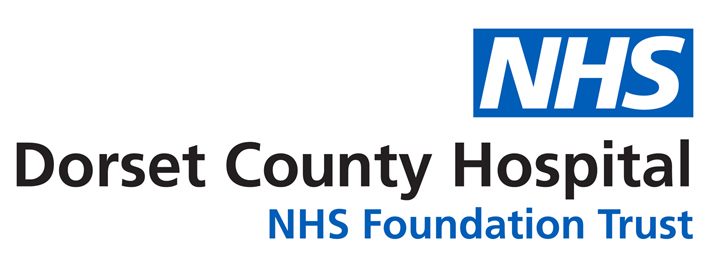Information for Patients Having an Arthrogram
What is an arthrogram?
This is an examination that will allow us to examine your hip or shoulder joint using x-ray dye, which is recorded in real time using x-rays. The examination shows the appearance of your joint and this is done prior to your MRI scan so that your joint is more visible on the MRI scan.
How is this examination done?
You will be asked by the radiographer to change into a hospital gown. The radiographer will also check your details to ensure you are the correct person and are having the correct examination.
If you are aged between 10 and 55 you will be asked to confirm your gender and if there is a chance of pregnancy. You will also be asked to complete the MRI checklist so that you are ready to have your MRI.
You will be expected to lie on your back for this procedure with the x-ray tube positioned above your shoulder or pelvic area depending on your examination.
Everything is kept clean (sterile); your skin is cleaned with antiseptic, and you have the area of your body covered with sterile sheets.
The skin and deeper tissues over the joint are numbed with local anaesthetic. When the local anaesthetic is injected, it stings to start with, but this soon wears off and the skin and deeper tissues should then feel numb. If the procedure becomes uncomfortable you should tell the member of staff who will be with you throughout the procedure.
The radiologist will use X-rays to help guide the tip of the needle into the joint where the injection will go.
A small amount of x-ray dye will be injected into the joint and the doctor will be able to see where the dye is within your joint. He may ask you to gently move your shoulder or hip with his guidance to make sure the dye is in the joint space.
At the end of the examination, the injection site will be covered with a wound dressing.
You will then be asked to sit in a wheelchair and taken to the MRI department ready for your MRI examination.
Is there any preparation?
You must not drive yourself to the hospital for this examination, someone must either drive you or collect you from your procedure.
Consent
The doctor will confirm that you understand why the procedure is being done, its potential risks and he will ask if you have any allergies to contrast (x-ray dye).
You will then be asked to sign a consent form to confirm this. You should fully understand what will happen and feel that you have had enough explanation before you sign the consent form. If, after talking to the radiologist, you do not want to have the procedure then you can decide against it at any time. If the radiologist feels that your condition has changed, they will talk to you about whether the procedure is still needed. They may then ask you to return to your referring doctor for review. If you feel during the procedure that you do not want it to continue, we will explain the implications of not doing it to help you fully decide.
Who will I meet?
Radiologist (a doctor who specialises in x-rays)
Radiographer
Student
How long does it take?
The examination can take up to 40 minutes, time will vary for each patient.
This time does not include your MRI examination.
After your examination?
You will be escorted to the MRI department in a wheelchair ready for your MRI scan.
How do I get the results?
Your results will go back to the clinician who sent you for this examination.
Contact numbers
We hope that you have found this information useful. If you have any questions or are worried about anything, please speak to the Appointments team on 01305 254428.
About this leaflet
Author: Jeanette Bartlett, Lead Interventional/Fluoro Radiographer
Written: March 2025
Approved: June 2025
Review date: March 2028
Edition: v1
If you have feedback regarding the accuracy of the information contained in this leaflet, or if you would like a list of references used to develop this leaflet, please email patientinformation.leaflets@dchft.nhs.uk
Print leaflet